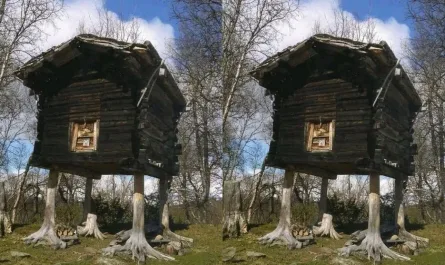In 1918, deep within the coal mines of Wilkes-Barre, Pennsylvania, miners unearthed a remarkable relic: a petrified tree stump, perfectly preserved within a coal seam, dating back roughly 300 million years to the Carboniferous Period. This extraordinary find, tucked away in the dark layers of Pennsylvania’s coal country, offers a vivid snapshot of a prehistoric world—a lush, swampy paradise where towering plants thrived long before humans walked the Earth.
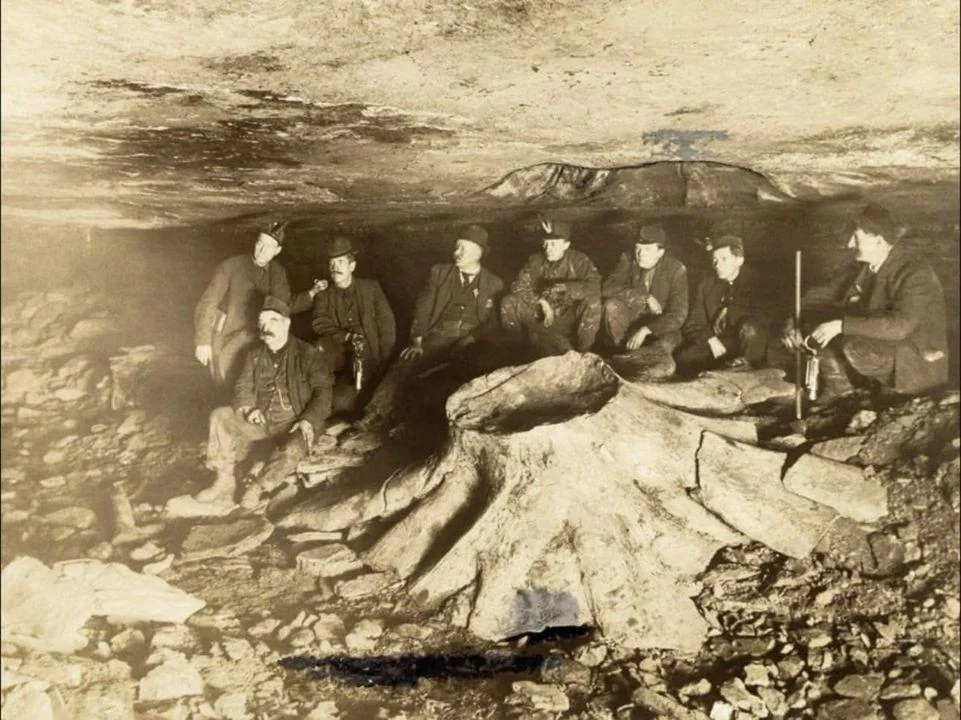
A Fossil from the Carboniferous
The Carboniferous Period (359–299 million years ago) was a time of vast, humid forests dominated by giant ferns, horsetails, and early seed plants like Lepidodendron and Sigillaria. These swampy ecosystems, teeming with life, covered what is now northeastern Pennsylvania. As plants died and sank into oxygen-poor marshes, they were buried under sediment, slowly transforming into the coal seams that fueled the Industrial Revolution. The Wilkes-Barre tree stump, likely from a tree-like lycopod, was preserved through petrification, where minerals replaced organic material, locking its structure in stone.
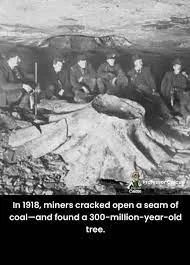
Found embedded in a coal seam, the stump—potentially several feet tall and wide—remained intact, its texture and form offering a rare glimpse into the ancient flora that formed Pennsylvania’s anthracite coal. The discovery, reported in local accounts and later referenced in geological studies, stunned miners who were accustomed to extracting coal but not unearthing such pristine fossils. Its location within the coal suggests it was buried rapidly, perhaps during a flood or collapse, preserving it for eons.
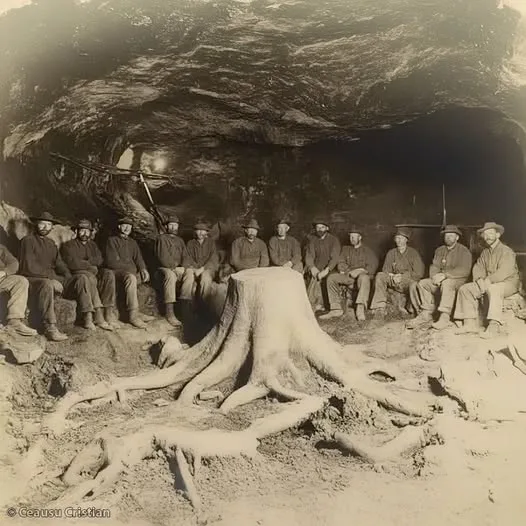
A Glimpse of Prehistoric Pennsylvania
This petrified stump paints a picture of a verdant, alien world. The Carboniferous forests were dense with towering plants reaching 100 feet, their roots anchoring swampy soils. Insects like giant dragonflies and early amphibians roamed, while the air was thick with moisture. The stump’s preservation captures this ecosystem in stunning detail, revealing growth rings or cellular structures that hint at seasonal changes or environmental conditions 300 million years ago. Such fossils are rare in coal seams, where plant material typically compresses into coal rather than remaining structurally intact.
Wilkes-Barre, part of Pennsylvania’s anthracite belt, was a hub of coal mining in 1918, powering America’s industrial growth. The stump’s discovery underscored the deep connection between the region’s economic lifeblood and its ancient past, showing how the fossil fuels we rely on are the compressed remains of prehistoric ecosystems.
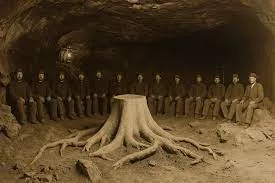
A Testament to Nature and Time
The Wilkes-Barre tree stump is more than a curiosity—it’s a bridge to Earth’s distant history. It reminds us that the coal powering factories and homes in the early 20th century was once a living forest, transformed over millions of years by geological forces. This fossil challenges us to consider the intricate processes that shape our planet’s resources, from ancient swamps to modern energy systems. Its preservation, a fluke of nature, invites reflection on the fleeting nature of life and the enduring marks it leaves behind.
Today, the stump’s exact whereabouts are unclear—possibly housed in a local museum or private collection—but its story endures as a symbol of Pennsylvania’s hidden natural history. It stands as a testament to a world long gone, urging us to appreciate the deep ties between the landscapes of the past and the resources that fuel our present.


